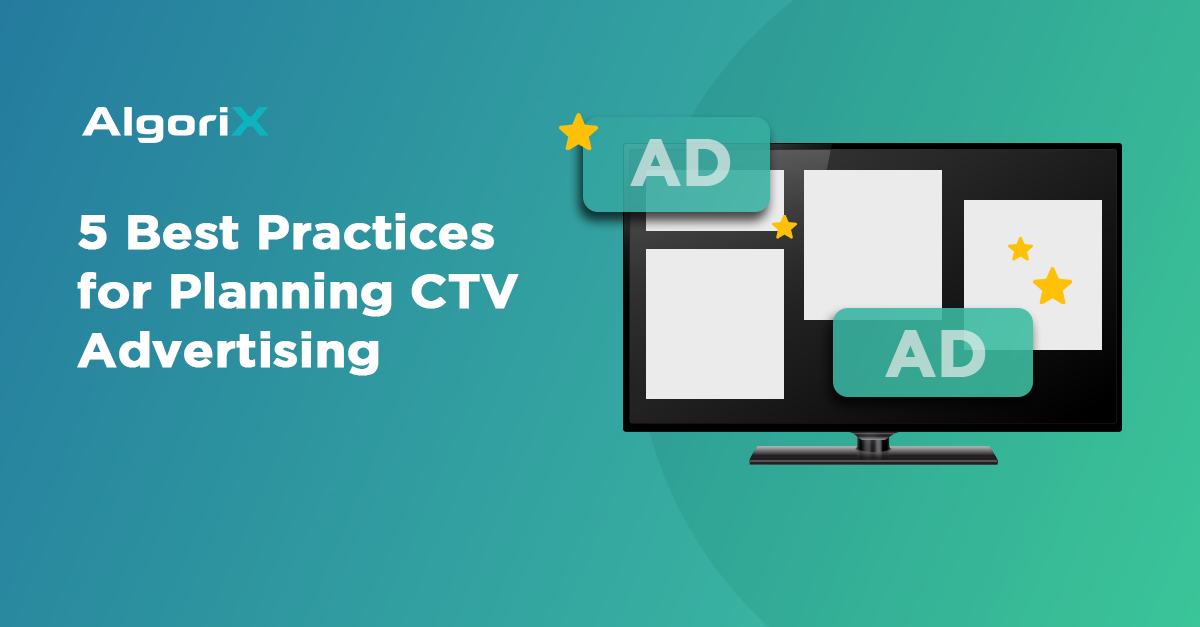Connected TV is skyrocketing in popularity. From merely an opportunity to land viewership, it has grown to become a can’t-miss strategy for monetization. This is because it covers over one-third of all household viewership in the US. During Q4 of 2020, many companies banked on CTV advertising for their holiday campaigns with considerable gain. However, it cannot be discounted that much of CTV advertising can benefit from extensive planning to bring significant results. Here are some best practices for planning CTV advertising:
Ways for Planning CTV Advertising
1. Identify Target Audience
Most of the campaigns with generalized targets brought little results and revenue for many advertisers and publishers. One of the first things to remember when planning CTV advertising is to answer the question – who is watching CTV, exactly? Many advertisers have the misconception that CTV is highly exclusive for the millennials and the digital natives, which caused them to produce content targeting these consumers.
CTV now encompasses all ages and social backgrounds. In fact, as much as 40% of adults in the US consume CTV. More interestingly, they spend an average of three hours each day, way higher than the 2018 values. On top of this, CTV advertising generated higher engagement from 80% of viewers of ad-supported content.
Given this data, it’s safe to say that targeting various groups would bring excellent results, and it starts from knowing your audience.
2. Understand Supply and Demand
One of the key things to remember when planning CTV advertising is your control on buying. Knowing the current supply and demand arc can help you determine the best opportunities to buy. When you understand the dynamics, you’ll be better prepared to manage ad frequency for a particular consumer group. Factoring in seasonality can help you get a pulse of the market competitiveness and constraints. Structuring your bid strategy can help you maintain that overall lead without worrying about supply and demand.
3. Analyze Marketplace
As an advertiser, it’s critical to plan CTV advertising around the marketplace dynamics. Know the current rates, understand the high-demand inventory, discover potential duplicate inventories to see where you can align your strategies, allowing you to maximize delivery and execution. Factoring in the supplementation of cross-screen campaigns can also solidify your audience targeting.
4. Tap Performance Metrics
Optimizing your CTV campaign will be much easier if you’re able to tap into key performance indicators (KPIs). KPIs, such as video completion rate, call-to-action conversions, and attribution factors, will make a big difference in planning CTV advertising in the future. Once you’re able to use these insights down to the littlest details of your campaign, it’d be easier to do continuous optimization and give you the best oversight of your audience management and explore opportunities for CTV scaling.
5. Discover Audience Management Opportunities
As mentioned above, tapping into key performance metrics can give your CTV campaign a much-needed boost. And this is something worth exploring as this will help you gain the confidence that the ads you serve reach your audiences and convert.
CTV viewership will continue to grow and expand, and planning for CTV advertising should become a prominent must in any advertiser’s media plan. While navigating this emerging medium may be tricky, we at AlgoriX are always ready to assist you in the best way possible. Connect with our sales experts to help you refine your audience and CTV planning.













